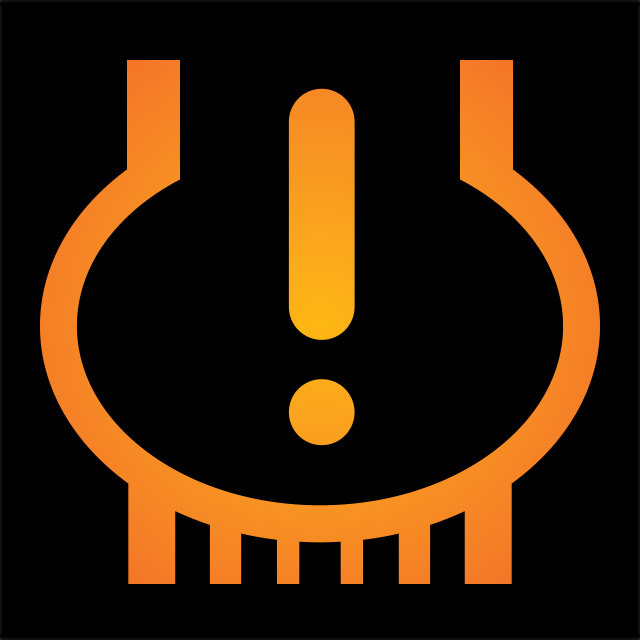![]() Photo: The News Wheel
Photo: The News Wheel
An under-inflated tire is dangerous. It affects the wear and handling of your car and is more likely to tear the rubber. Unfortunately, you might not even realize that tire pressure is low until it’s too late.
As a safety precaution, your car has a Tire Pressure Monitoring System that will warn you when a tire’s air pressure is dangerously low. Here’s how that technology works and how it became an essential component.
Top in Safety and Value: These are the recommended pre-owned Toyotas for families
Tire Pressure Monitoring Systems have been a standard feature on all U.S. vehicles since 2007 due to government safety mandates, though the technology has been around in luxury and race cars since the 1980s.
There are two types of TPMS, as Ronald Montoya of Edmunds explains: direct and indirect.
An indirect system, or iTPMS, monitors the size and rotation speed of a wheel to determine if it’s low, because an under-inflated tire has a different diameter and rotation rate than a fully inflated tire. They’re simple, cheap systems, but because they don’t actually measure the air pressure itself, they can often be inaccurate.
Most U.S. vehicles use a direct TPMS system. dTPMS uses an electronic sensor within each tire to monitor the actual PSI and transmit it to the car’s central computer. This allows the dTPMS to identify if a tire is low whether it’s moving or idling.
Newer, high-line dTPMS systems share these real-time PSI readings with the driver, allowing you to see the current pressure levels on the digital information cluster above the steering wheel. If this information isn’t displayed, you have a low-line dTPMS that only uses the readings to warn you when they’re too low.
Photo: Hydrargyrum
Whichever version your car has, the TPMS will illuminate a warning light on the dashboard when it senses a low-pressure tire (the icon being an underinflated tire with an exclamation point inside it). If this happens, that means inflation has fallen to 25 percent or lower than the recommended level, so you need to pull over and get help immediately.
News for Parents: Top Hyundai models for families to buy used
Aaron is unashamed to be a native Clevelander and the proud driver of a Hyundai Veloster Turbo (which recently replaced his 1995 Saturn SC-2). He gleefully utilizes his background in theater, literature, and communication to dramatically recite his own articles to nearby youth. Mr. Widmar happily resides in Dayton, Ohio with his magnificent wife, Vicki, but is often on the road with her exploring new destinations. Aaron has high aspirations for his writing career but often gets distracted pondering the profound nature of the human condition and forgets what he was writing… See more articles by Aaron.



